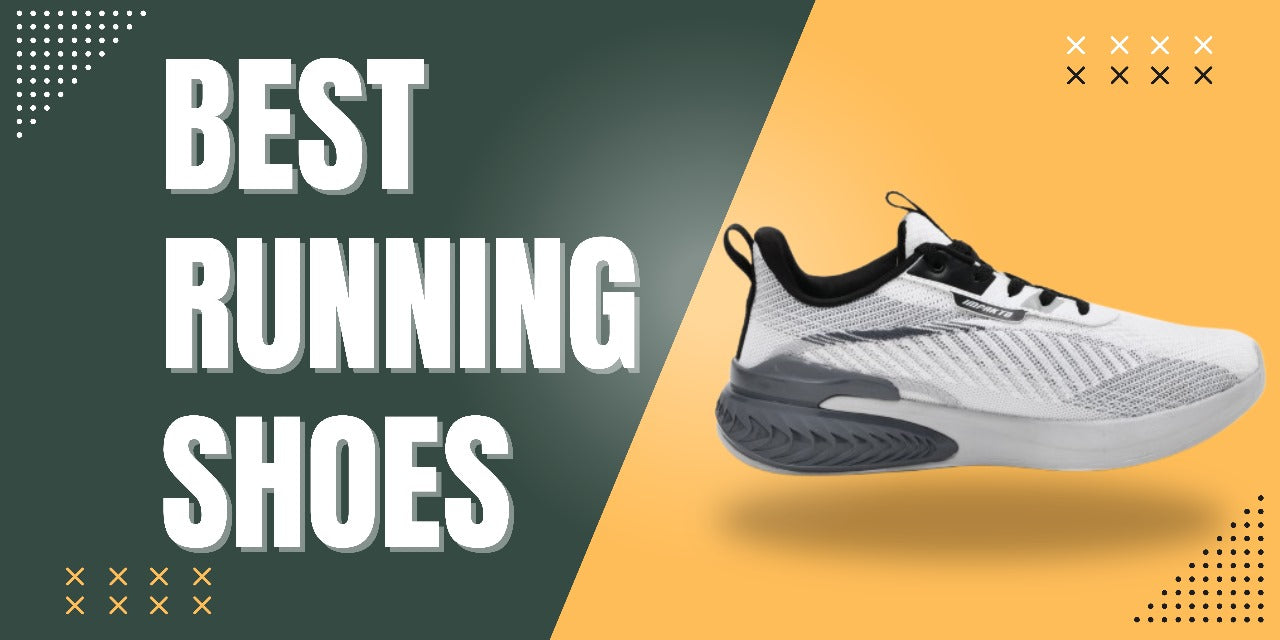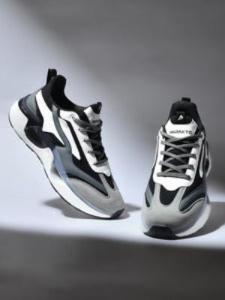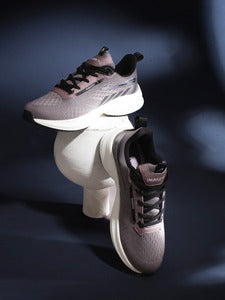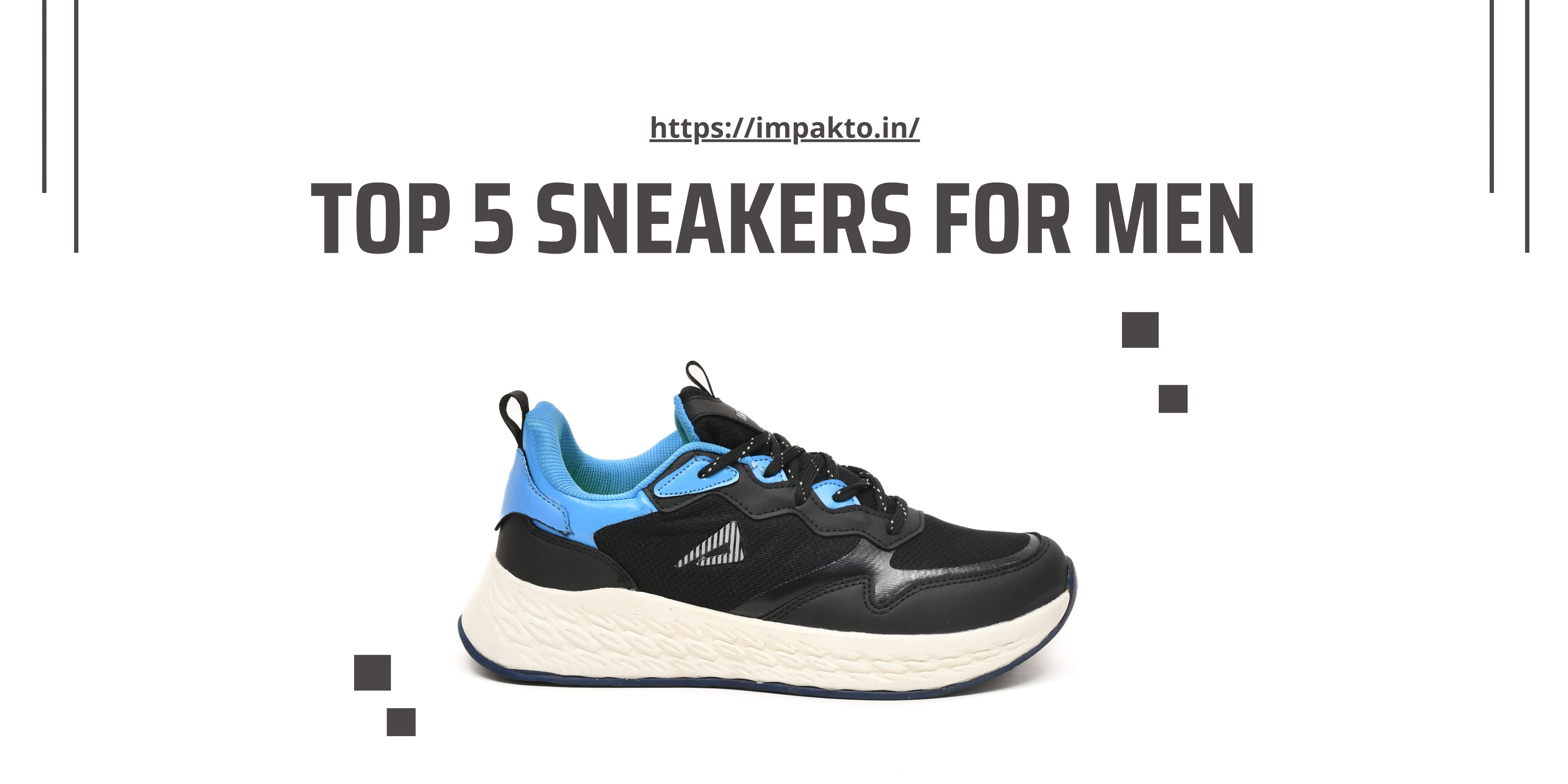Which Running Shoes Are Best? A Complete Guide for Men
·

·
How do I choose the right pair of shoes for running? This might sound like a simple question, but it can easily lead to countless hours of browsing on Amazon, to find one that makes you click on BUY.
However, that’s not where you need to start. First, you need to be well-versed in the factors to consider. Choosing the right pair can improve your daily runs and make every run feel like you’re ready to win a marathon. On the flip side, the wrong pair can lead to discomfort, blisters, or even worse, long-term foot problems. So, how do you decide which running shoes are best for you? This guide will break it all down.
Why Running Shoes Matter
You might think, “Can’t I just run in any sneakers I already have?” Sure, you could, but here’s the thing: running puts repeated stress on your feet, ankles, knees, and hips.
Without the right support, you risk discomfort, blisters, and even long-term injuries like shin splints or plantar fasciitis. Running shoes are specifically made to absorb impact, provide stability, and offer comfort for miles on end.
What to Look for in Running Shoes?
1. Cushioning
Every running shoe comes with some level of cushioning in the midsole, which absorbs the impact of your foot hitting the ground. The level of cushioning you need depends on your personal preference and running style.
Thin cushioning gives a firm, responsive feel; it is ideal for speedwork and shorter distances.
Thick Cushioning: Softer and more protective; great for longer runs and reducing joint stress.
Pro Tip: Pay attention to the "stack height" of the shoe—this indicates the amount of foam cushioning it has.
2. Materials
The materials used in the midsole and upper play a significant role in how the shoes feel while wearing.
EVA Foam: Found in most shoes, it’s soft and durable but can feel heavy.
TPU Foam: Quite excellent in durability, though it adds weight.
PEBA Foam: It is ultra-light and responsive, which is good if you are looking for high-performance shoes, though less durable.
When shopping, look for a shoe that balances lightweight materials with durability to suit your running needs.
3. Fit
The right fit of a shoe is non-negotiable. You don’t want to wear shoes that look great, have excellent cushioning, and have quality soles, but don’t fit properly. It should feel comfortable enough for all-day wear, you shouldn’t experience any pinching or pain from your toes to your heel. A properly fitting shoe will provide enough room in the toe box, allowing your toes to splay naturally with each step.
4. Durability
Running shoes don’t last forever. Most experts recommend replacing them after 300–500 miles, depending on the shoe’s build and your running style. Signs it’s time for a new pair include worn-out soles, reduced cushioning, and discomfort.
Common Mistakes to Avoid
-
Choosing Style Over Comfort: Sure, those flashy neon shoes look cool, but they won’t help if they’re uncomfortable.
-
Ignoring Your Foot Type: Wearing the wrong shoe for your arch or gait can lead to injuries.
-
Using Old Shoes: Worn-out shoes lose their support and cushioning, increasing the risk of discomfort and injury.






